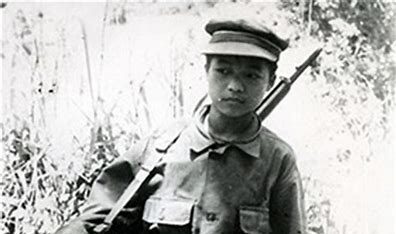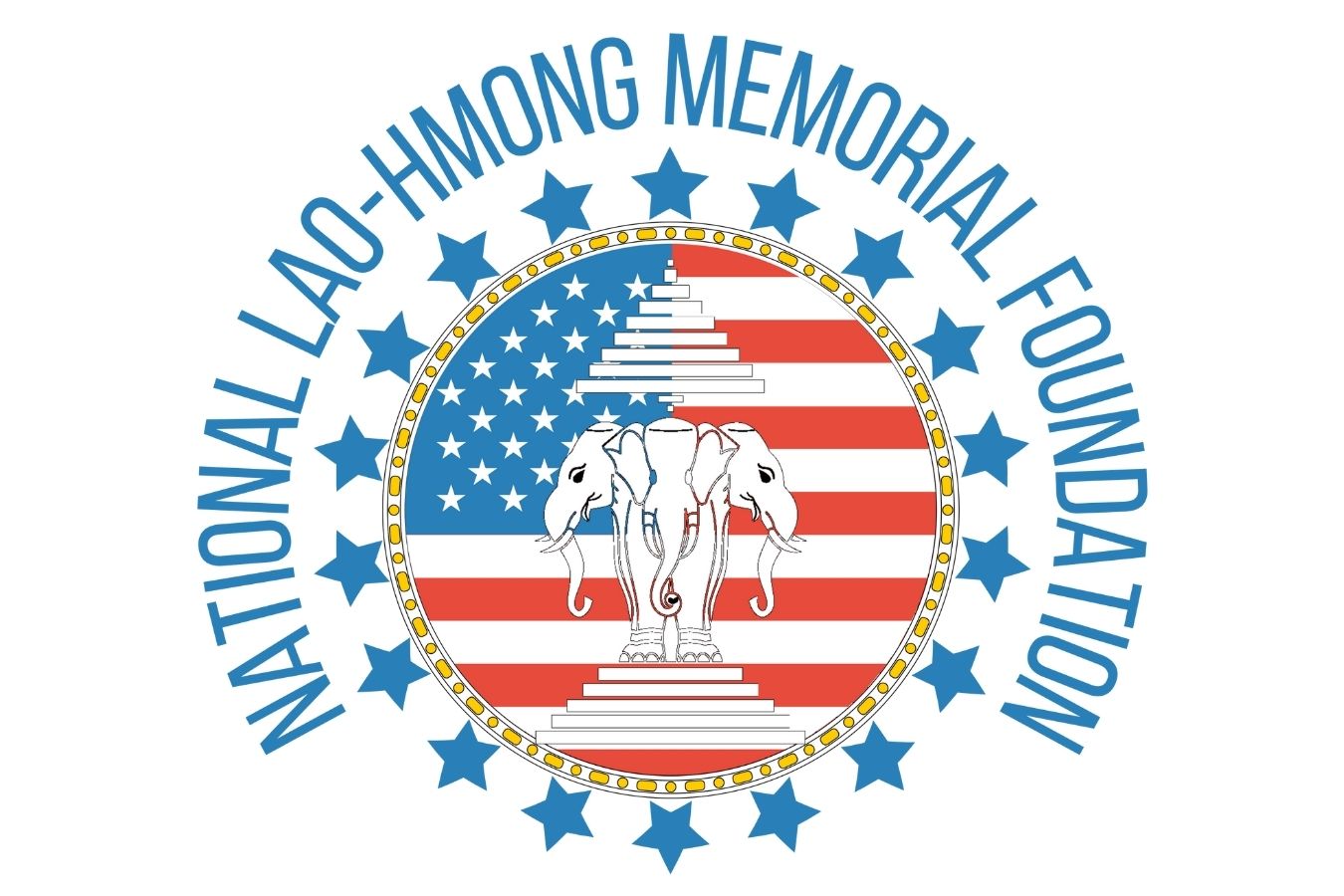
the lao-hmong & the war
The Hmong had lived freely as farmers in the mountains of northern Laos since the 1800’s. During the Vietnam War, the neutral Kingdom of Laos became a covert theater for the Pathet Lao communists and a staging area for moving soldiers and supplies from North Vietnam via thee Ho Chi Minh Trail through Laos to flank U.S. forces in South Vietnam. As a result, the U.S. Central Intelligence Agency established a “secret” fighting force in Laos called “Special Guerilla Units” (SGU) mostly consisting of the Hmong tribe to serve under the command of Hmong General Vang, a highly regarded general in the Royal Lao Army, and focused in Military Region 2 in northeastern Laos, bordering North Vietnam. The Central Intelligence Agency (CIA) convinced leaders of the Hmong, Lao, lu-Mien, Khmu, Lue, and Thai Dam tribes that their freedom depended on the suppression of the rising communist insurgency.
With training, weapons, and supplies covertly provided by the CIA, members of these tribes fought bravely as SGU soldiers and airmen in this proxy war meant to protect the sovereignty of Laos and to defend U.S. interests in Southeast Asia. These people became known as America’s staunchest, most loyal allies and the fiercest anti-communist forces in Laos.
Boys as young as 10 and men as old as 65 were conscripted to fight. Though they lacked formal education, these people learned quickly and made a strong impact on reducing the flow of weapons, soldiers, and supplies that were being transported on the Ho Chi Minh Trail from North Vietnam, through Laos, and into South Vietnam. Hmong pilots learned quickly and effectively interdicted communist supply lines with U.S.-supplied T-28 fighter bombers.
Following the conclusion of the U.S. Secret War, the valor and effectiveness of Lao-Hmong pilots and soldiers were publicly stated by the U.S. Government, acknowledging the role of the Lao-Hmong in saving countless American lives. 40,000 Hmong soldiers and airmen and 727 Americans died during the Secret War. 50,000 Hmong civilians were killed or wounded.
The U.S. withdrew from South Vietnam and Laos in 1975. Except for the lucky few, most who fought with the U.S. against the Communist forces were left behind to indiscriminately face genocide, reprisals, retribution, harsh imprisonment, and other atrocities. Many of those left behind managed to escape the systematic attempts of genocide by the communist Pathet Lao government and made their way to refugee camps in Thailand. It then took years for most of these Lao-Hmong refugees to be admitted to the United States, based largely on their patriotic records.
